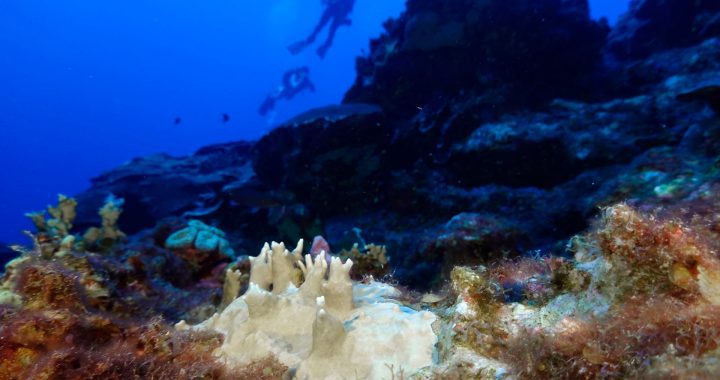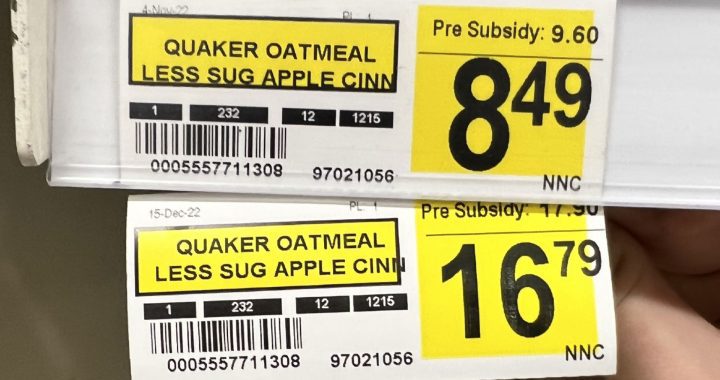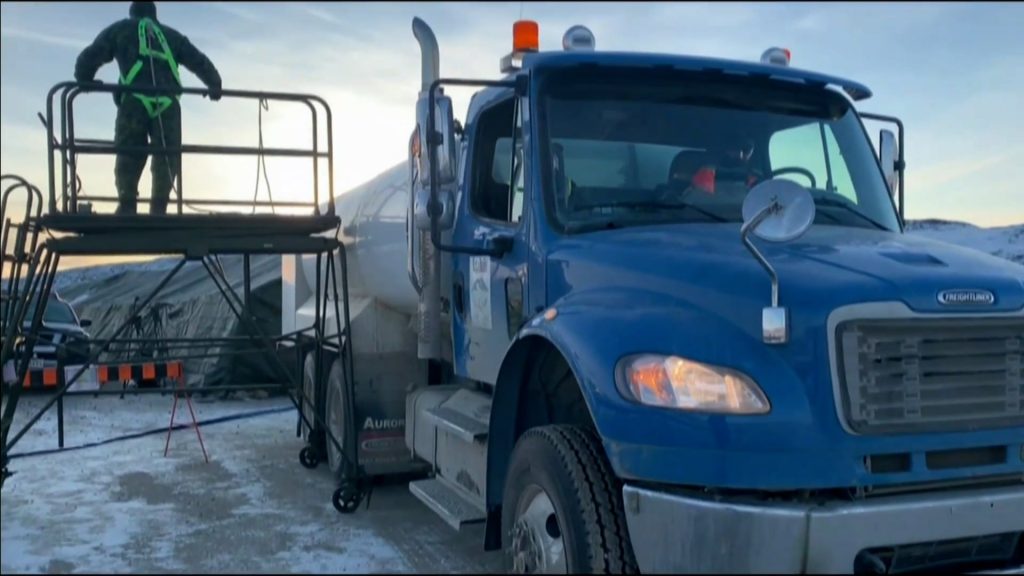
A city water truck in Iqaluit is filled with water that will be delivered to people in town. Photo: APTN.
You can tell that the ongoing water crisis in Iqaluit is beginning to wear on people. Fifty-one days without being able to drink the water will do that to a community.
As people wait for Iqaluit Mayor Kenny Bell in the lobby of Iqaluit City Hall, a man comes in looking for someone to renew his business license.
The person assigned to that has been covering off for other staff during the water crisis. The man leaves, but returns during the interview to ask why he can’t get his business license renewed until Monday.
Bell answers before the receptionist can, “We’re in an emergency here, people have been reassigned. He’ll be back on Monday,” Bell says.
The man leaves, only to return again.
“You really mean I can’t renew my business license?” the man says.
Bell deadpans, “well, it was due back in January.”
The man leaves, aggravated.
APTN News asks Bell, “how many times a day is that happening?” Bell just as deadpan – replies, “too many times.”
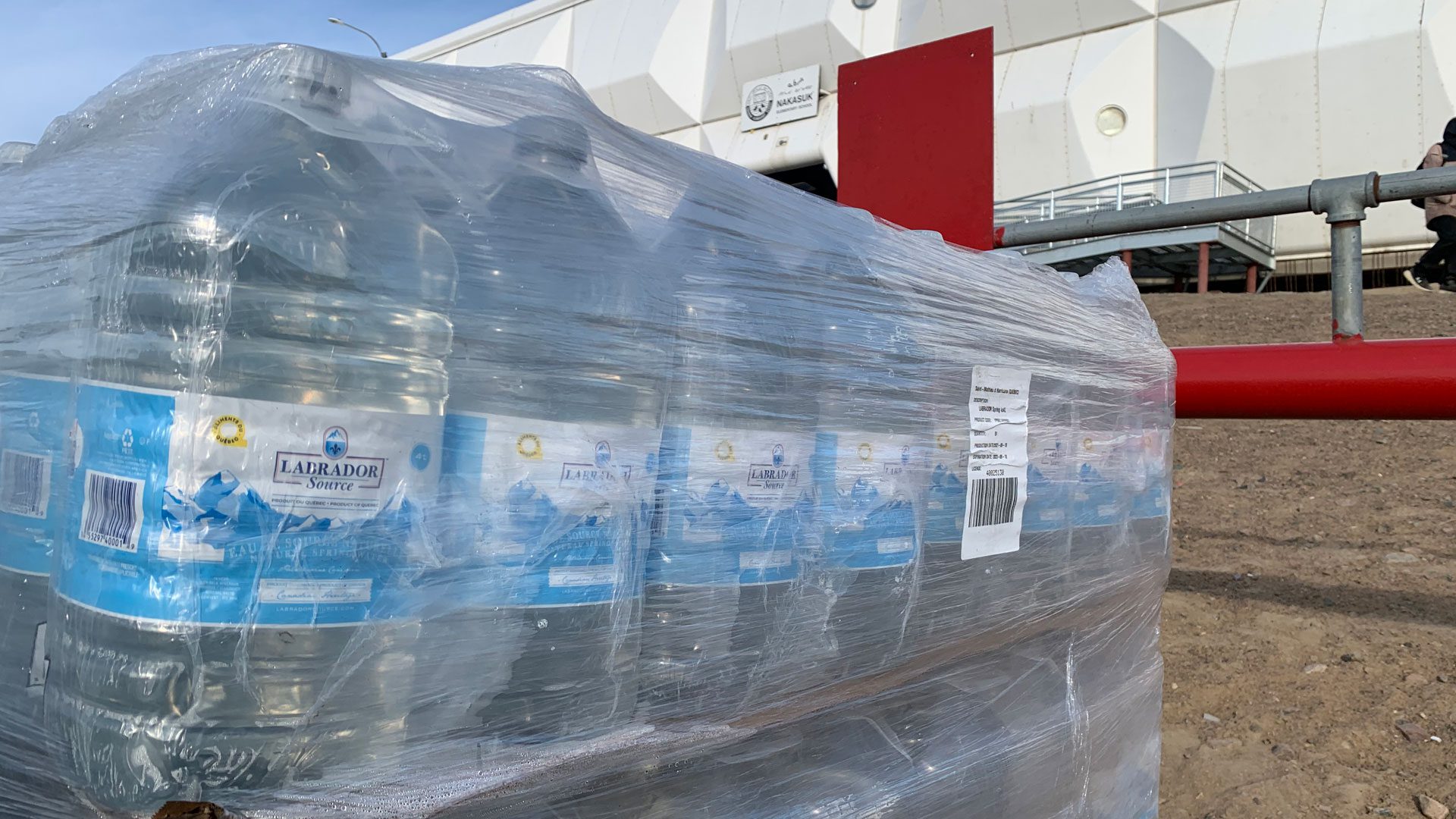
After 51 days, patience is beginning to run out all over Nunavut’s capital.
As of Wednesday, the city’s pool and gym are closed, both hockey rinks are closed from 9 to 5, the recreation staff have been distributing the bottled water and they’re burning out.
“We don’t have enough staff, so we’ve had to pull staff from our recreation facilities to help deliver water,” explains Bell. “We’ve been trying to hire people for $32 an hour to hand out water and we’ve asked for volunteers, and we’ve asked for government assistance from their staff.
“None of those things have happened.”
The city says it will take $180 million to fix the problem long term.
But another frustration for the mayor is the list of requirements the Government of Nunavut Health Department has before they will remove the do not consume order. One example; the city has already installed a device to continually monitor for petroleum in the water – the Health Department wants two.
Iqaluit would be the only community in Canada with two of those devices operating on the same water system.
“Those are for future problems that could exist,” Bell says adding that everything on the Health Department’s checklist is a part of the city’s plan for the water system that they have been seeking federal support for.
“We have some concerns about that because the water has been testing good since the 23rd of October. We’ve been under a do not consume for a long time, with clean water coming out of the plant. We’re getting to the point where we can’t operate anymore.”
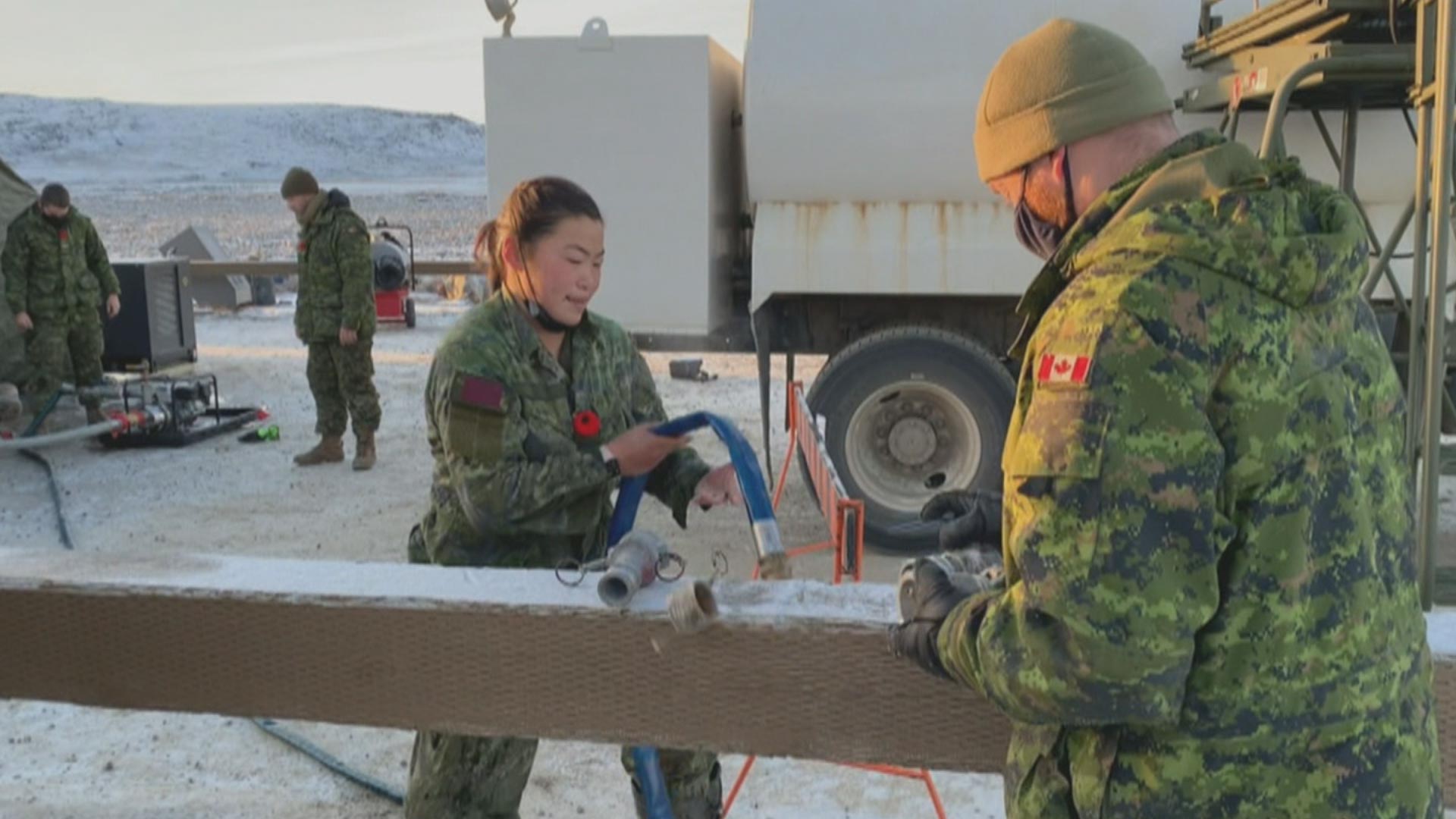
Many residents hoped that the arrival of an armed forces water purifying team could turn the tide. That hasn’t been the case. Because of equipment problems, the military has only been able to provide clean drinking water for 11 of the 51 days.
Instead, members of Operation Lentus ROWPU (the military’s name for the task) find themselves running a real-time exercise in just how influential Iqaluit’s weather can be. The system the military is using is called a ROWPU (reverse osmosis water purification unit) that can provide up to 50,000 litres of freshwater daily.
It’s on loan from the military’s Disaster Assistance Response Team (DART) and has only operated in a real-time crisis in warmer climes. This is the first time it’s been used in the Arctic.
A week ago, heavy winds collapsed a tent, there hasn’t been water since.
They’ve now relocated the water purifying equipment inside a large fighter jet hangar at the Iqaluit airport. The military team will haul water from the river, purify it in the hangar, and load city trucks from there. A spokesperson for the military says there is no timeline as to when this could be complete.
Bell points out that maybe the military wasn’t the best fix in the first place, after praising them for the effort they have made so far.
“I’m not sure it was the best course of action,” says Bell. “It has added a lot of extra work. Our trucks need 24 hours to switch over between sources, between the cleaning and flushing. Changing any kind of service is hard for us, especially in the middle of an emergency.”







